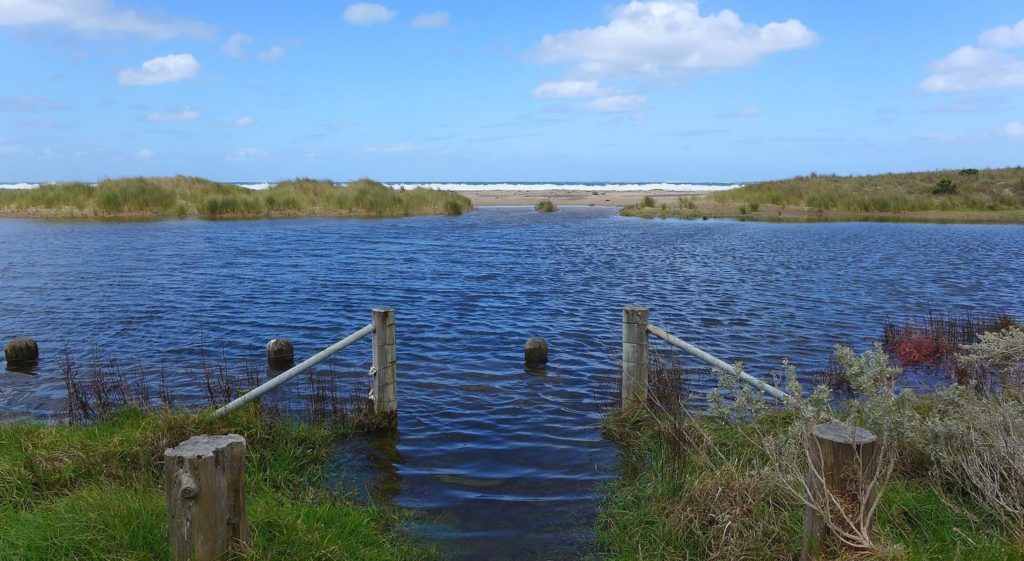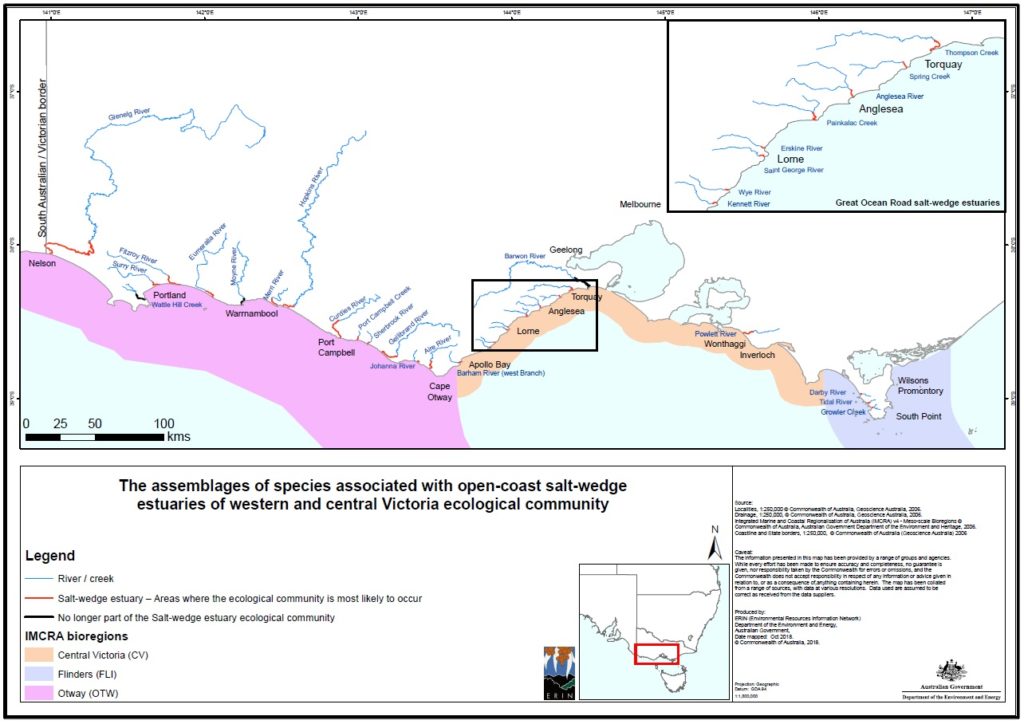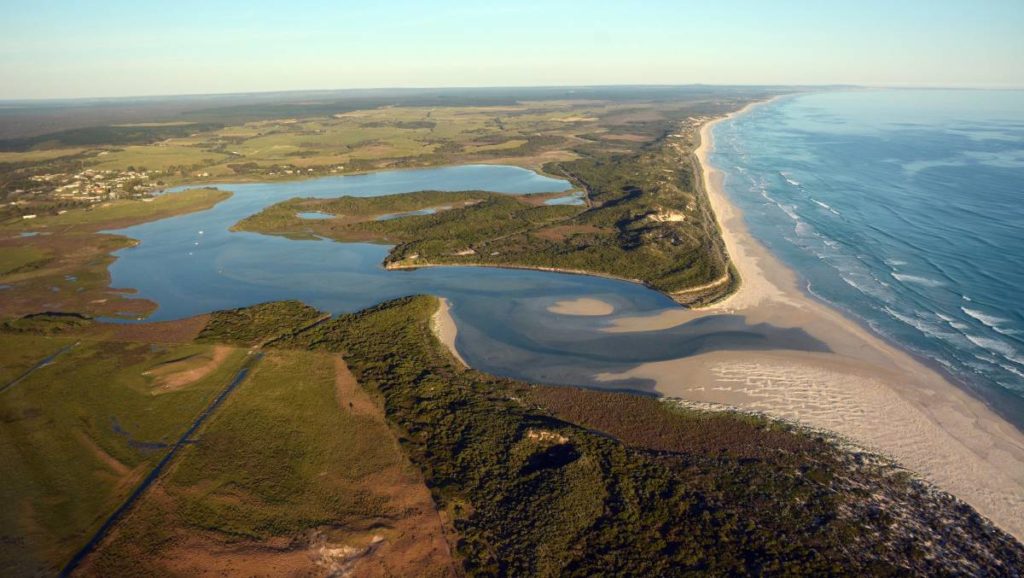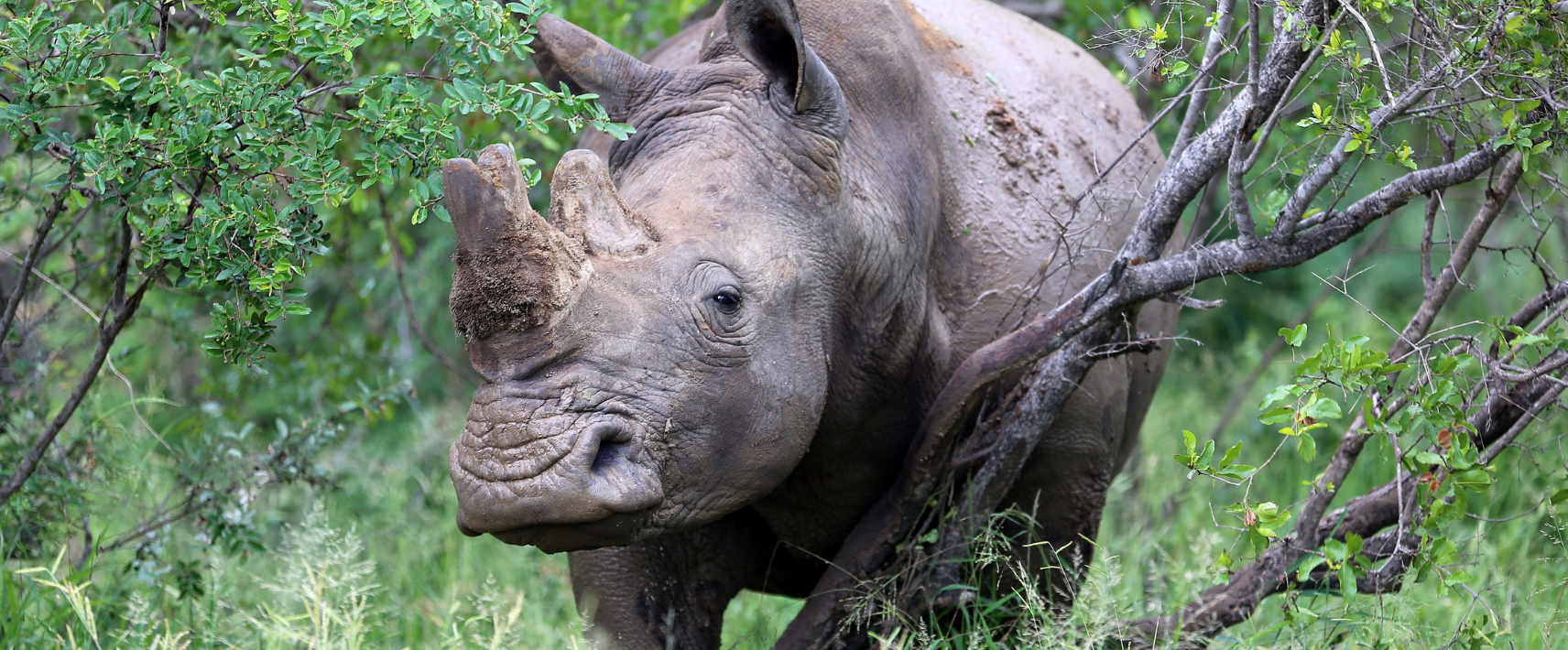One of the most important global meetings on wildlife trade has just wrapped up in Uzbekistan. It’s capital city Samarkand was where governments convened for the 20th Conference of the Parties (CoP20) to the Convention on International Trade in Endangered Species of Wild Fauna and Flora (CITES) to decide how international trade should be managed for some of the world’s most threatened...
It’s not often that a threatened habitat for both orange-bellied parrots and great white sharks gains protection with a single stroke of a pen, but that’s exactly what happened when Federal Minister for the Environment Melissa Price listed ‘Assemblages of species associated with open-coast salt-wedge estuaries of western and central Victoria’ as a Threatened Ecological Community under national environment law earlier this month – nearly eight years since Humane Society International first nominated it.
The ecological community is defined as the assemblage of native plants, animals and micro-organisms associated with the dynamic salt-wedge estuary systems occurring within the temperate climate, micro tidal regime, high wave energy coastline of western and central Victoria.
It encompasses 25 unique estuaries across southern Australia, covering some 1,500 hectares, which are now legally considered Matters of National Environmental Significance to the benefit of a host of threatened species that call them home, including swamp antechinus, long-nosed potoroos, southern bent-wing bats, freshwater crayfish, and southern bell frogs.

Salt-wedge estuaries form when the intrusion of sea water along the bed of an estuary becomes thinner with distance upstream, with a physical separation of marine and riverine water within the estuary – the denser salty water sitting beneath the riverine water forms the ‘wedge’. The listing itself encompasses the estuarine waters, as well as some of the surrounding area within well-defined boundaries – from the mouth of the estuary to upstream limit of the salt-wedge, and between the river channel, banks and submerged or intermittently submerged riparian and wetland vegetation.
The listing is a world-first conservation move that means actions that could damage the significant values of the community will face extra scrutiny and require approval from a Minister for Environment who must be satisfied they are not too severe. It will also assist with the allocation of recovery funding and research opportunities to better understand how to mitigate the threats acting on the estuaries.
And the threats are many. Given their reliance on salinity stratification from marine and freshwater inputs, salt-wedge estuaries are extremely vulnerable to climate change, and this problem is exacerbated by the fact that many estuaries within the ecological community are already considered stressed systems that are less likely to be resilient to the additional pressures.

 Other threats include: land use and associated declines in water quality due to vegetation clearing; construction of housing subdivisions, jetties, marinas, resorts and other infrastructure adjacent to the estuary and their alteration of the quality and quantity of inflows; eutrophication and algal blooms from increased nutrient inputs, and pollution and contaminants from urban, industrial, and agricultural runoff; increasing erosion, sedimentation, and turbidity primarily due to vegetation clearing (Eumeralla River catchment now contains only 2.4% of its estimated vegetation cover prior to European settlement!); modification of flow regimes; water extraction; invasive species; use by humans; and a whole lot more.
Other threats include: land use and associated declines in water quality due to vegetation clearing; construction of housing subdivisions, jetties, marinas, resorts and other infrastructure adjacent to the estuary and their alteration of the quality and quantity of inflows; eutrophication and algal blooms from increased nutrient inputs, and pollution and contaminants from urban, industrial, and agricultural runoff; increasing erosion, sedimentation, and turbidity primarily due to vegetation clearing (Eumeralla River catchment now contains only 2.4% of its estimated vegetation cover prior to European settlement!); modification of flow regimes; water extraction; invasive species; use by humans; and a whole lot more.
Clearly the estuaries are under severe threat from a range of impacts, and have been suffering through the situation for some time. This ground-breaking Threatened Ecological Community listing allows them all to be considered and acted upon collectively. It is the most sensible and high level approach to saving these incredibly important estuaries from their ongoing downward trajectory in condition.

Submitting threatened ecosystems for legal protection has been a priority of Humane Society International’s since the commencement of our current national environment law in 1999, and we are extremely proud to be responsible for nominating 30 of the 80 (37.5%) Threatened Ecological Communities listed nationally.
Since the salt-wedge estuaries were prioritised for assessment back in 2012, HSI has nominated a further 22 threatened habitats for listing. 11 of these are in the final stages of assessment or awaiting decisions from Minister Price, with the next two decisions she is due to make having been made contentious by her predecessor Josh Frydenberg, who caved to industry and colleague pressure to go against the Threatened Species Scientific Committee’s strong recommendation by using a legal loophole to delay his decision deadlines repeatedly.
His lack of action during his time as Minister for the Environment (famously overseeing the first and only full calendar year without a listing in the last two decades in 2017) means that this listing of salt-wedge estuaries was just the second addition of an ecological community to the threatened list in two years, a massive downturn from previous years – 34 listings were made between 2011 and 2016.
It appears Minister Price has more respect for science and due process – here’s hoping that continues!
More detailed information on this community can be found on its Department of Environment profile


